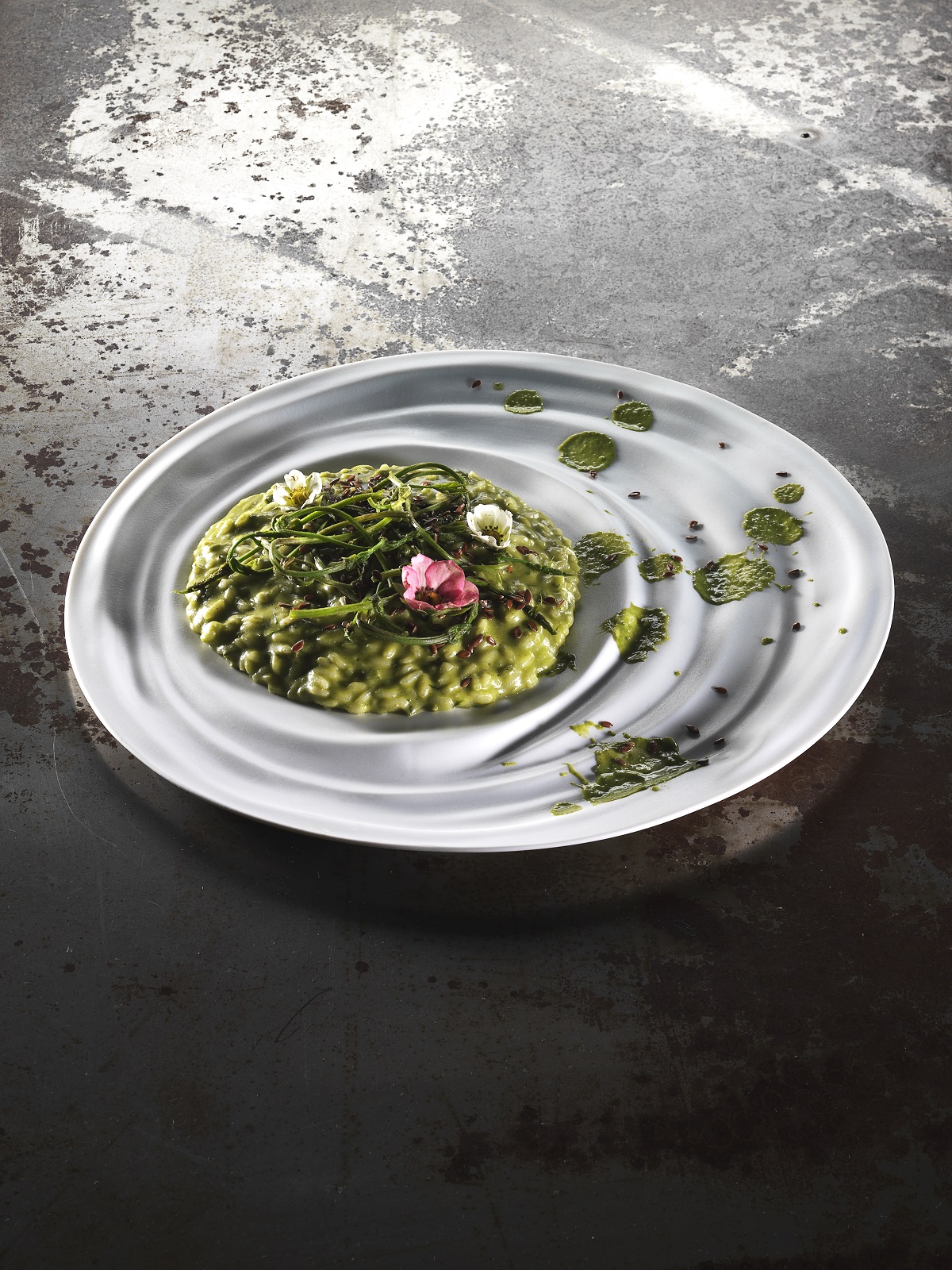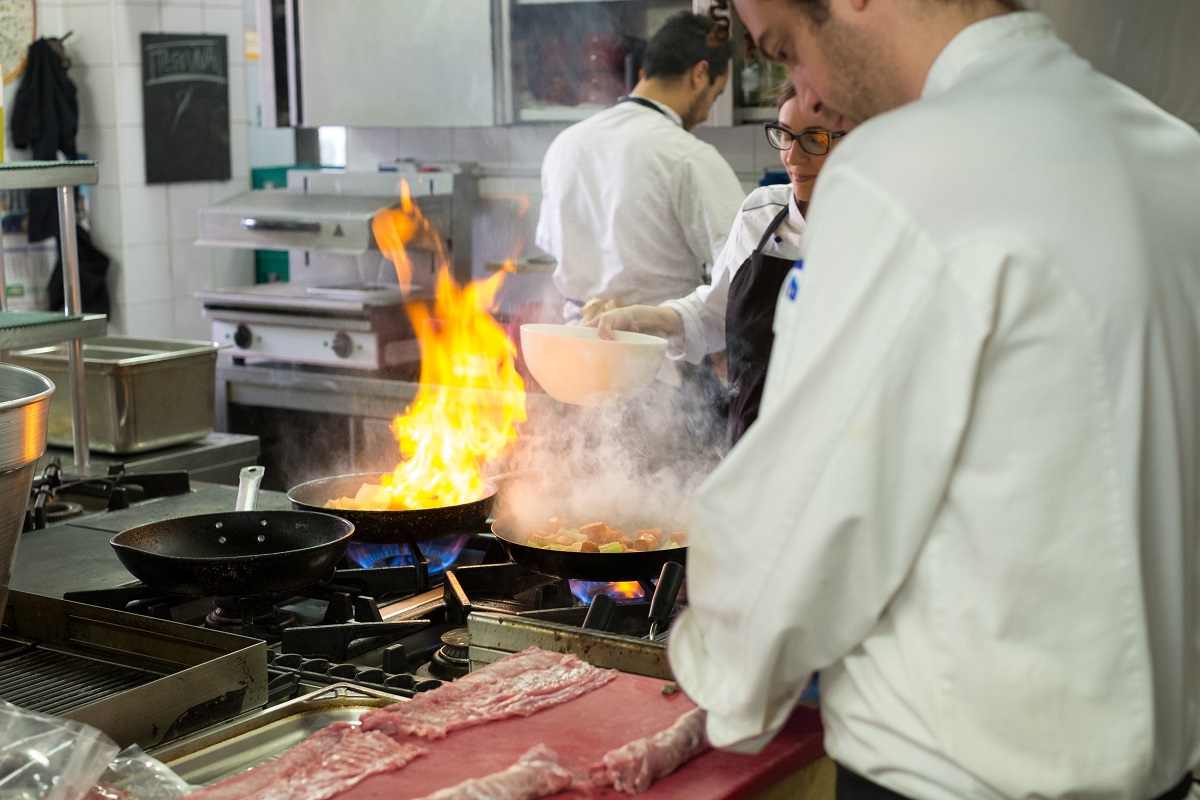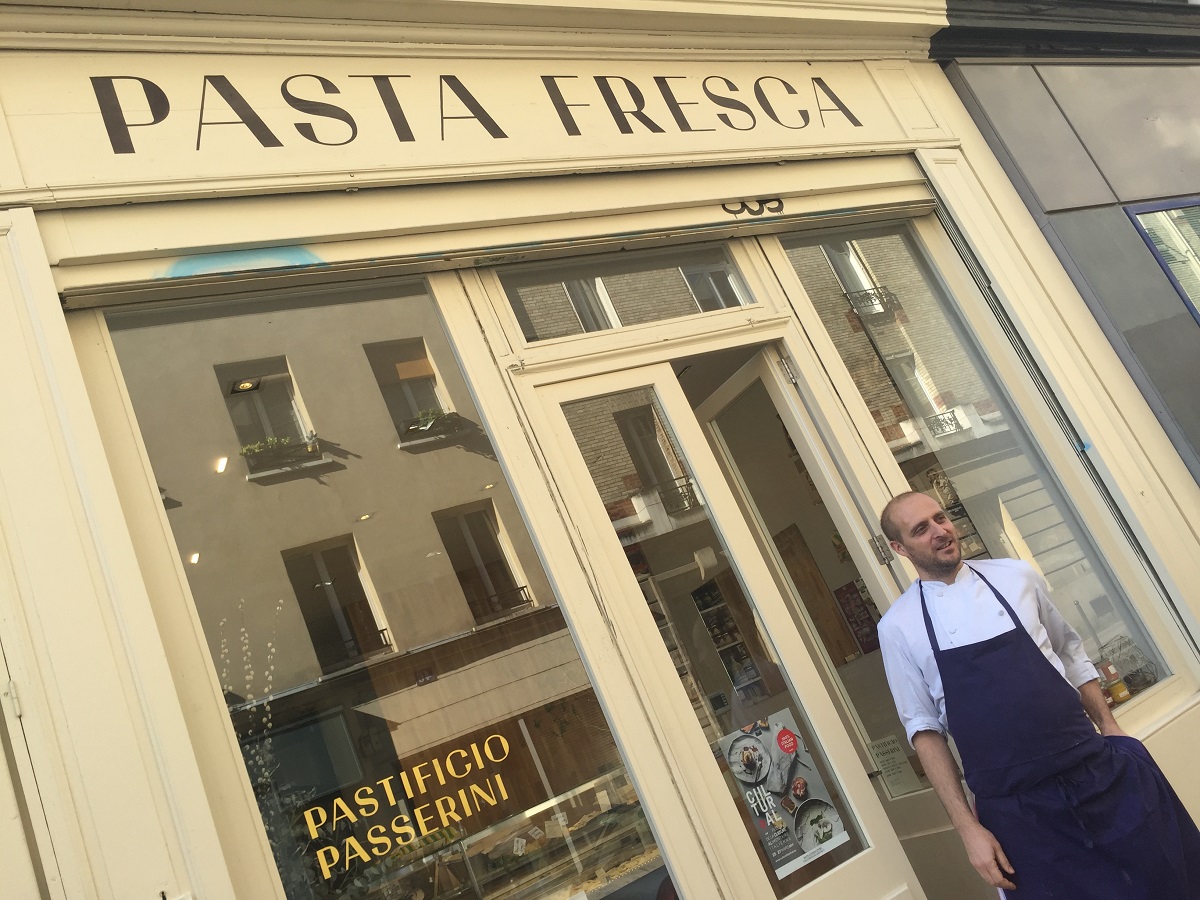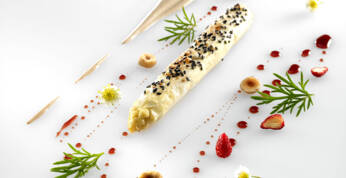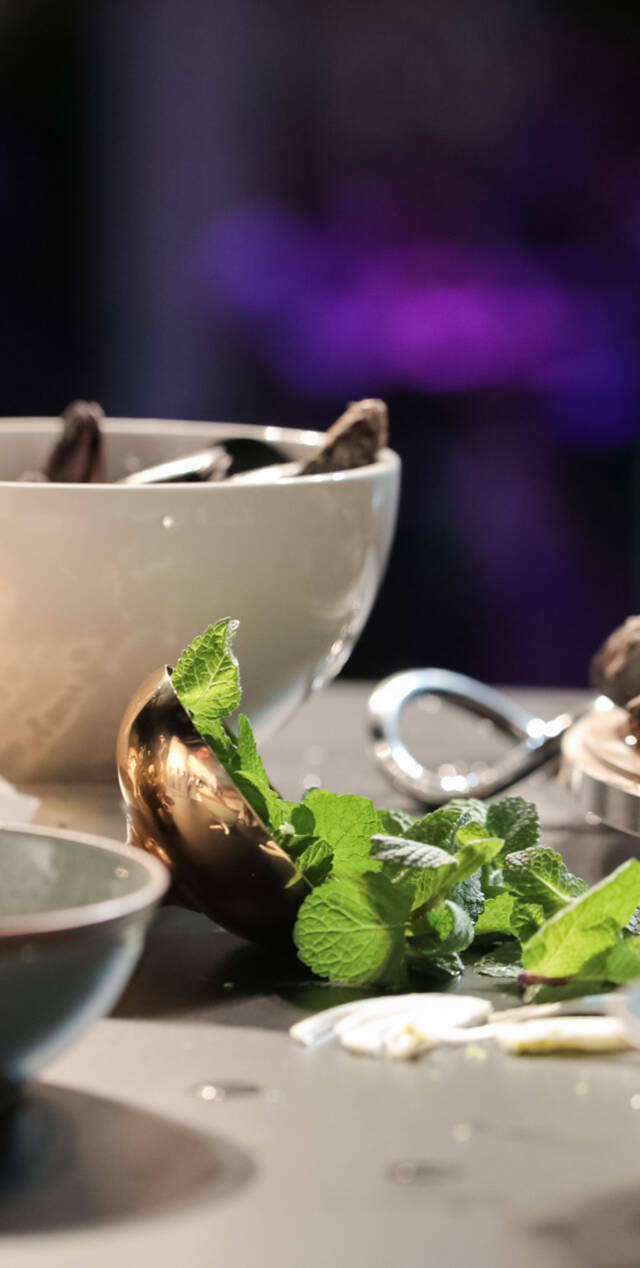
Tomorrow’s trattoria
A new generation reinterprets the roots of Italian cuisine
Italian cuisine has an infinite reservoir of traditions to draw from, but many have not even been used yet. In the last two decades, we have seen Italian chefs be influenced (if not dazzled) by foreign trends: between the nineties and the noughties, armies of professionals marched to Spain, attracted by the techno-emotional cuisine of the Basques and the Catalans. Those were the years of Ferran Adrià and his students, with a prime example being Andoni of Mugaritz.
Seduced by the message to reclaim the freedom of using ingredients with all possible techniques, our chefs had long forgotten the dynamics of Italian eating, which historically requires the respect of the great raw ingredients of our land, which must not be overly transformed. The global crisis has put an end to that expensive Spanish model, which was promptly replaced by a fascination with the New Nordic Cuisine from the vast Northern Europe, which is driven by another champion in the kitchen, Renè Redzepi of Noma. So, onwards with the recreation of woodlands in dishes, the use of moss and algae, the designing of edible landscapes with fermented ingredients and the progressive disappearance of the dining hall staff, supplanted by chefs who also serve as waiters. These are models that, in the catering sector, have replaced another pre-existing, far more influential scheme, imported at the end of the Seventies by Gualtiero Marchesi: French Haute Cuisine, filtered by Nouvelle Cuisine's punctiliousness. And that’s not to mention the Japanese (restaurants hyper-specialized in one single technique or preparation) or Peruvian (the ceviche that is just everywhere on every menu) relapses.
Caught up in this foreign affair, we seem to have forgotten to develop the most authentic Italian restaurant model: the trattoria/osteria (technically the osteria was the tavern, mainly used for drinking). A new generation of Italian chefs is becoming aware of it, weary of replicating patterns that belong to others. They are professionals happy to extend our roots without sanctifying them, each of them drawing on them with their own sensitivity. We have selected six.
Appiano Gentile (Como) Paolo Lopriore is the leader of this handful of neo-osteria owners. A favourite student of Gualtiero Marchesi, he turned his back on high-class French cuisine and built his trattoria of the future in his native country. The restaurant is an ode to sharing: at the centre of the table there is a soup dish with ingredients of substance (lake fish, rabbit, tagliatelle) and all around are many little satellite dishes with sauces, garnishes, complements ... The plate is made up by the client. Fun and joy for the palate.
RatanàMilan Cesare Battisti is on a mission: revitalizing the Milanese trattoria scheme, a difficult task in a metropolis where it is easier to find a well-made sushi than a yellow risotto or a breaded cutlet. Battisti started with an obsessive search for mostly local suppliers (citing them in full at the end of the menu) and then developed it through alchemies that lighten the tradition and always keep flavour central. The risottos are magnificent, the fish is only ever freshwater fish, meat is cooked on the bone. Magic.
Trippa
Milan
Like Lopriore, Diego Rossi from Verona also gave up a glittering Michelin star career to give dignity to a genre that was overwhelmed by too many unrealistic reproductions. Trippa is an old-fashioned trattoria: a warm and informal welcome, tables clustered together, chequered tablecloths. But the kitchen also has a couple of extra gears compared to the old ones: risottos rise to the heavens without ever overcooking, as do herbs and vegetables with names that are often unknown. Even giblets and offal, house specialities, acquire elegance, and you’ll want to enjoy them until the menu is exhausted.
TurinConsorzio is one of the most successful new-course trattorias in Italy. Honour goes to the merits of Andrea Gherra and Pietro Vergano, who have brought back the essential role of the old-fashioned host, which had been recently diminished by the irresistible rise of chefs. In the room, you will find them as liaison between the chefs, the vintners, the producers of all goodnesses, craftsmen who break their backs to give us good things. A community that puts Piedmont's (and not only) most enlightened productions on the table.
Mazzo
Roma
Of those we mention, this is the project with the highest difficulty coefficient: Marco Baccanelli and Francesca Barreca have opened tiny premises in Centocelle, in the most extreme and forgotten suburbs of Rome. Once inside you will find only one social table, accommodating 10, because socialising is important for Italians. But that's not all, because then you have to eat well. At the table, there will be popular and spectacular specialities from the Capital’s tradition, with a contemporary twist: Fettuccine and Chicken Cacciatora are a must.
Passerini Paris The perfect Italian trattoria model is becoming popular even beyond the border. Beyond the Alps, Roman Giovanni Passerini’s chiselled structure has been all the rage for over 10 years in Paris: he has declared an end to the tasting menus and introduced a sacred freedom by allowing customer to decide, assisted by the warmth of the dining room staff. The dishes are all shared, from Roman-style tripe to everything else. But the cooking is to the millimetre and the raw ingredients astounding.
Related Articles




